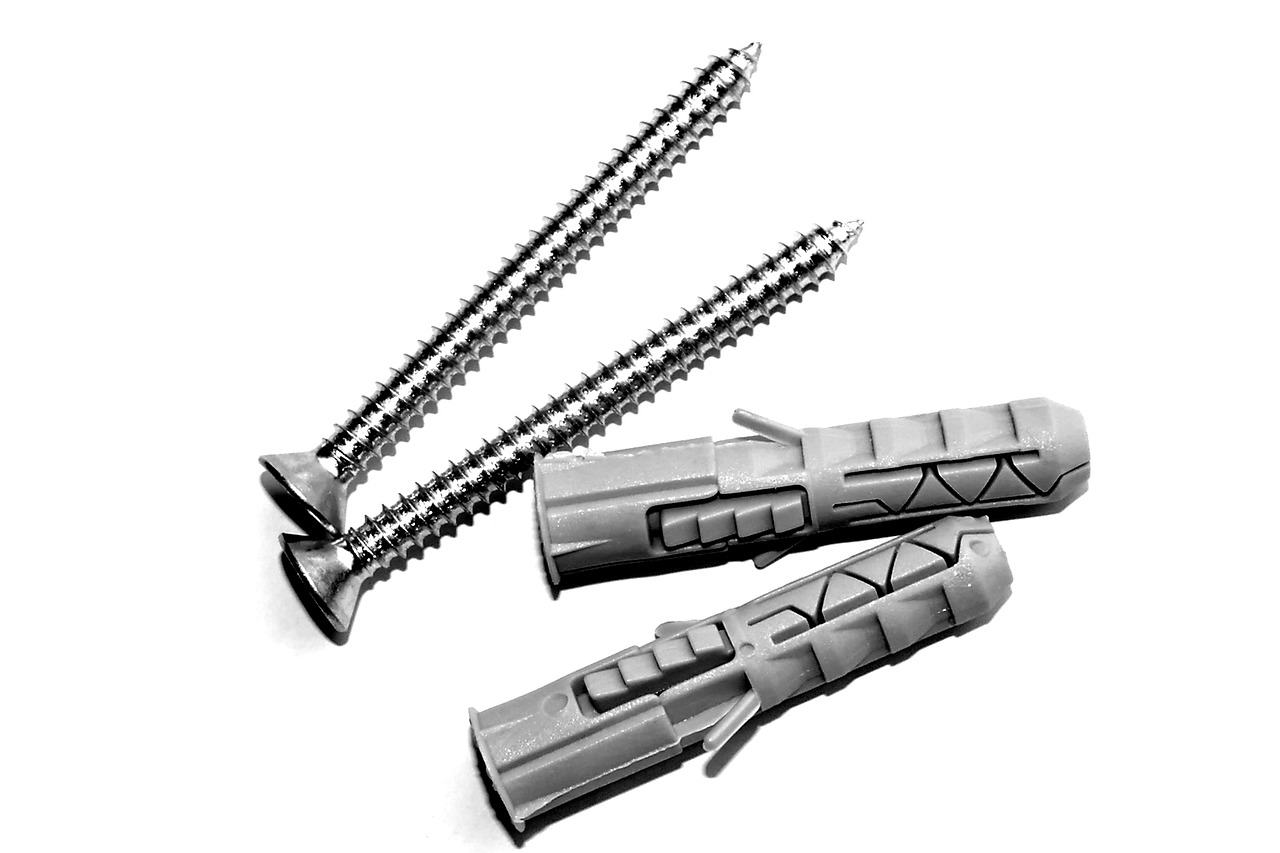Improving groundwater recharge and Overview of the Great Basin Water Cycle explained
Get Overview of the Great Basin Water Cycle in California: Parts of the Sierra Nevada Range and adjacent desert areas experience water shortages, read on…
Securing the Future of the Great Basin: A Collaborative Approach to Water Sustainability
The Great Basin, a vast and arid region spanning the western United States, faces a critical water crisis. This unique ecosystem, characterized by its internal drainage system, is experiencing the effects of climate change, leading to reduced precipitation and declining water resources.
Addressing this challenge requires a concerted effort. Organizations like the Active Climate Rescue Initiative are spearheading initiatives to promote water conservation and sustainable practices. These include:
- Groundwater Recharge: Implementing strategies to replenish underground aquifers, ensuring a long-term water supply.
- Water-Efficient Irrigation Technologies: Adopting innovative methods to optimize plant water consumption, minimizing waste.
- Policy Development: Establishing legislation and regulations to promote responsible water use and protect water resources.
Through collective action, we can secure the future of the Great Basin and ensure the well-being of its communities and ecosystems. By collaborating across sectors and leveraging innovative solutions, we can build a more sustainable and resilient future for this vital region.
The Great Basin: A Thirsty Land
TL;DR – Too Long; Didn’t Read
The Great Basin is a huge area in the western United States that doesn’t have a way for water to flow out. This means that water in the region, including the Sierra Nevada mountains and nearby deserts, can be scarce. Climate change is making things worse, leading to droughts and less water overall. We need to find ways to use water wisely, like saving it in the ground, figuring out better ways to water plants, and making laws to help. Groups like the Active Climate Rescue Initiative are already working to make a difference.
A Journey Through the Great Basin Water Cycle
Imagine a giant bowl. The Great Basin is like that bowl – surrounded by mountains, but with no way for water to flow out. The water cycle here works a little differently than in other places.
- Evaporation: The sun warms up lakes, rivers, and the ground, turning water into vapor. This vapor rises into the air.
- Condensation: As the vapor rises, it cools down and turns back into tiny water droplets, forming clouds.
- Precipitation: When the clouds get full of water, the water falls back down as rain or snow.
- Runoff: Some of the rain or snow flows into rivers and streams, but a lot of it soaks into the ground, replenishing groundwater.
- Transpiration: Plants also release water vapor into the air through their leaves.
Facing a Water Crisis
But here’s the problem: the Great Basin is already a dry area, and climate change is making it even drier. Less rain and snow mean less water in rivers and less water soaking into the ground to recharge groundwater. This leads to water shortages, especially in places like California, where the Sierra Nevada mountains provide water for millions of people.
The Impact of Climate Change
- Droughts: Climate change is causing longer and more severe droughts, making it harder for plants and animals to survive.
- Shrinking Groundwater: As we use more water than is being replenished, the level of groundwater is going down.
- Melting Glaciers: The snow and ice in the Sierra Nevada mountains are melting faster due to warmer temperatures. This is a major source of water for California, and we’re losing it.
Finding Solutions to the Water Crisis
We need to act now to save the Great Basin. Here are some ways we can do that:
Conserving Water
- Saving Water at Home: Take shorter showers, fix leaky faucets, and water your lawn less often.
- Efficient Appliances: Choose water-efficient appliances like washing machines and dishwashers.
- Smart Irrigation: Use water-saving irrigation systems like drip irrigation to get water directly to plant roots.
Improving Groundwater Recharge
- Rainwater Harvesting: Collect rainwater from rooftops and use it to water plants.
- Infiltration Basins: Build special areas where rainwater can soak into the ground, replenishing groundwater.
- Water Banking: Store excess water in underground reservoirs for later use.
Policy Measures
- Water Conservation Laws: Governments can pass laws to encourage water conservation and reduce water use.
- Water Pricing: Charge more for water as use increases to encourage people to conserve.
Working Together to Save the Great Basin
Groups like the Active Climate Rescue Initiative are dedicated to solving the water crisis in the Great Basin. They work on projects to improve groundwater recharge, develop sustainable water management strategies, and advocate for policy changes.
Summary
The Great Basin faces a water crisis due to a combination of natural aridity and the effects of climate change. Droughts, shrinking groundwater, and melting glaciers are all contributing to water scarcity. To address this challenge, we need to focus on water conservation, improving groundwater recharge, and implementing effective policy measures. Organizations like the Active Climate Rescue Initiative are working to make a difference by promoting sustainable water practices and advocating for responsible water management. By working together, we can protect the Great Basin’s vital water resources for future generations.
More on Improving groundwater recharge…
- ## SEO Keywords for Improving Groundwater Recharge and Overview of the Great Basin Water Cycle:
- Improving Groundwater Recharge:
- Groundwater recharge techniques
- Artificial recharge methods
- Increasing groundwater recharge
- Groundwater replenishment strategies
- Sustainable groundwater management
- Water conservation for groundwater recharge
- Rainwater harvesting for groundwater recharge
- Managing groundwater levels
- Groundwater recharge projects
- Impact of climate change on groundwater recharge
- Best practices for groundwater recharge
- Groundwater recharge in arid regions
- Groundwater recharge for agricultural purposes
- Groundwater recharge and urban development
- Groundwater recharge modeling
- Groundwater recharge policy
- Funding for groundwater recharge projects
- Importance of groundwater recharge
- Groundwater recharge benefits
- Groundwater recharge and ecosystem health
- Overview of the Great Basin Water Cycle:
- Great Basin water cycle
- Hydrologic cycle in the Great Basin
- Great Basin precipitation patterns
- Great Basin water resources
- Great Basin water scarcity
- Water management in the Great Basin
- Climate change impact on Great Basin water cycle
- Great Basin water conservation
- Great Basin groundwater resources
- Great Basin surface water resources
- Great Basin water use
- Great Basin water quality
- Great Basin water policy
- Great Basin water conflicts
- Great Basin water sustainability
- Great Basin water education
- Great Basin water history
- Great Basin water research
- Great Basin water restoration
- Great Basin water future
- Combining both topics:
- Groundwater recharge in the Great Basin
- Improving groundwater recharge in the Great Basin
- Great Basin water cycle and groundwater recharge
- Sustainable groundwater management in the Great Basin
- Water conservation and groundwater recharge in the Great Basin
- Climate change impact on groundwater recharge in the Great Basin
- Great Basin groundwater resources and recharge
- Groundwater recharge and water scarcity in the Great Basin
- Future of groundwater recharge in the Great Basin
- Great Basin water cycle and groundwater recharge solutions
- This list is not exhaustive, but it should provide a strong starting point for developing SEO keywords for your content. Remember to use a mix of short-tail and long-tail keywords, as well as relevant synonyms. You can also use keyword research tools to find more specific and relevant keywords for your target audience.




